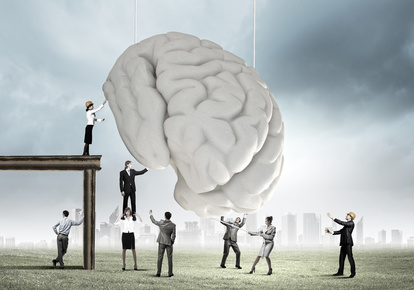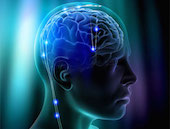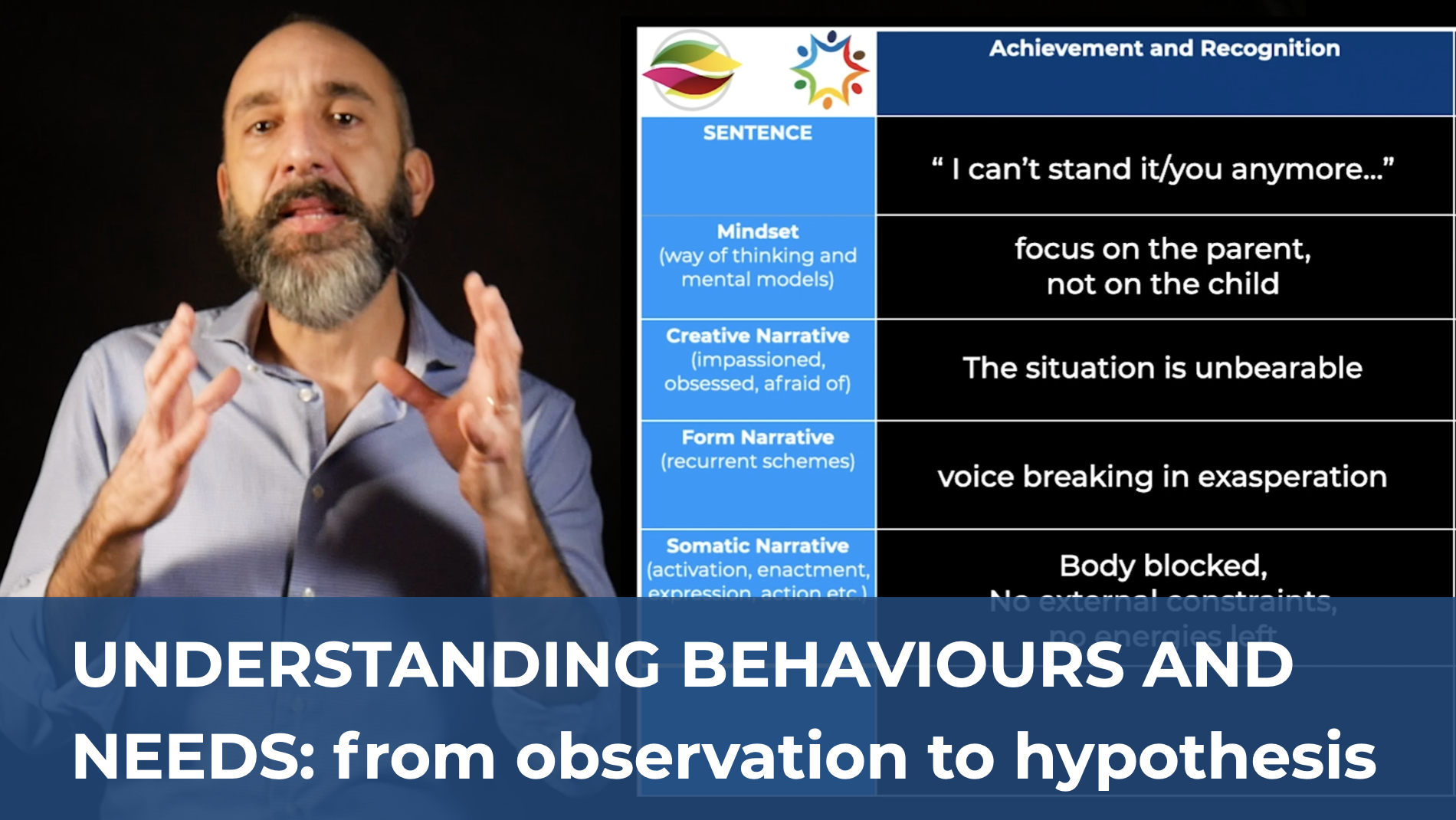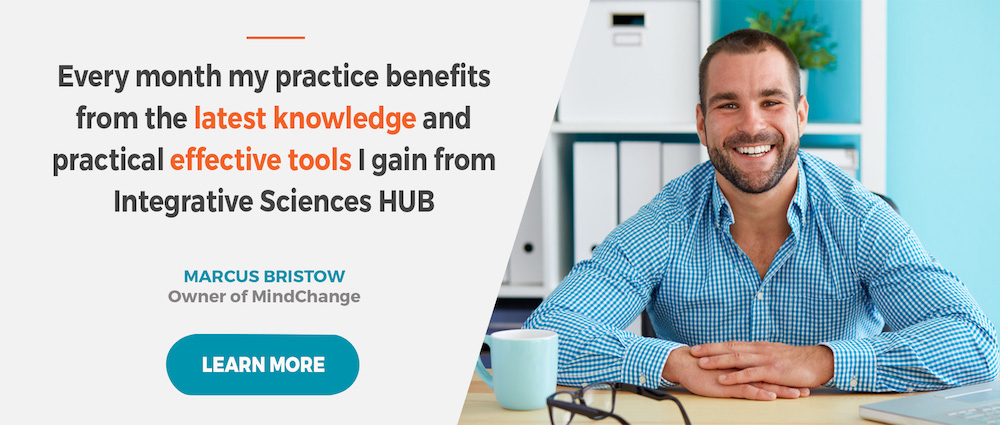
04 Apr Psychosomatics and Resistance – 4 Integrative Hints
Some patients heal quickly, others don’t. Sometimes, even though the therapist did- and continues to do- her best and the patient really seems very motivated to solve the issue, we are still not able to explain why a certain situation can’t evolve.
Below we’ll make some general points on the processes at the heart of this “resistance to change”. We will then present 4 practical tips to use as starting points.
“It must be psychosomatic!”
A while back the typical process to tackle these situations used to be roughly as follows: 1) a series of specialised tests, delving deeper and deeper, in order to find the “small thing that caused so many problems”; 2) applying no particular focus to any one or more of these causes, 3) no effective result was achieved; 4) give up on “official” medicine, with the words: “It must be psychosomatic”; 5) moving the issue on to a therapist.
 This approach was a paradox. In order to cure a psychosomatic process, something with a tight body-mind connection, body and mind sciences were kept totally separate. But there’s more – there were divisions even within each science. Psoriasis, for example, could be treated by a dermatologist or by a specialist in allergic reactions. At the same time a psychodynamic-oriented psychologist would work on the patient’s unconscious whilst a systemic one on her current relationships. From their respective points of view, everybody was right. But everybody, especially the patient, was missing an opportunity.
This approach was a paradox. In order to cure a psychosomatic process, something with a tight body-mind connection, body and mind sciences were kept totally separate. But there’s more – there were divisions even within each science. Psoriasis, for example, could be treated by a dermatologist or by a specialist in allergic reactions. At the same time a psychodynamic-oriented psychologist would work on the patient’s unconscious whilst a systemic one on her current relationships. From their respective points of view, everybody was right. But everybody, especially the patient, was missing an opportunity.
Fortunately, today the different disciplines dealing with body and mind are moving closer and different approaches dealing with the same field no longer operate thinking they are “the only method and the best.” All have something good to share, and sharing is more effective than separating.
The power of integration
I personally believe in the power of this type of integration between sciences. I am convinced every physician, psychologist, osteopath, educational specialist, speech therapist, complementary medicine practitioner and every other practitioner in the health field could work in a more satisfactory way for both themselves and their patients/clients by identifying body and mind processes where all these practices meet, developing something like a common language for these different disciplines, maintaining both their autonomy and their close relationship.
This increases the scope of action for every practitioner, leaving room for cooperation between them, since every specific information brings added value. Within reasonable limits, it is useful for a psychologist to understand and be able to act on physical aspects of a cervical problem, while a physiotherapist can help understand the emotional aspects related to it. Within everyone’s professional boundaries it is possible to achieve a lot and even reach a good starting level of understanding while providing an initial relief to the patient, motivating them to consult a specialist for a synergistic approach.
2 Practical examples of professional integration
A lot can be achieved even at an initial stage. Using the same example, a psychologist can provide self-postural perception tips and teach breathing techniques that favour the correct position of both head and shoulders. A physiotherapist/osteopath/doctor can explain the basic mechanisms for which an emotion can change one’s posture, inviting the patient to find new ways to manage her emotions. Such interventions may be enough only in a few cases. They will nevertheless provide a deeper degree of understanding and immediate well-being in the short term.
 Whenever this is not enough, it will be simple for practitioners to act in synergy and deal with the problem and all its components with their respective expertise and tools, thus facing traumatic aspects and factors related to complexity.
Whenever this is not enough, it will be simple for practitioners to act in synergy and deal with the problem and all its components with their respective expertise and tools, thus facing traumatic aspects and factors related to complexity.
Every time I experienced this professional synergy, I saw an increase in both the work of the single practitioner and the quality of the integrated effect. Patients receive immediate advantages but are also able to investigate the matter with another specialist, which is different from simply being told to: “check with the psychologist, endocrinologist, osteopath etc.”
4 Starting questions
What are the foundations of this common language?
Which areas can different practitioners act upon to achieve mind-body wholeness?
Which mechanisms facilitate or impede changes on more levels and in different areas?
At the Association for Integrative Sciences, we have been working on these topics for a long time, through direct research and practical applications and also by reviewing the most recent discoveries in different disciplines. We thus identified some recurring topics that we summarize here.
1) Today, psychosomatics is a science. And a very integrated one
One example derives from new studies on sickness behaviour, which clearly outlines how depression, once conceived only in biochemical mental terms or as a psychological event, is a complex system linked to the immune system at the level of systemic inflammation.
Not only that: old beliefs have been literally overthrown. Today, we know serotonin levels do not have a one-way cause-effect relationship with our mood. On the contrary, there are several modes, process and “actors at play”. Take just one of the most important examples: most serotonin is produced in the gut and its production is influenced by gut health, which is directly related to nutrition and, indirectly, to stress.
Despite its illustrative nature, what becomes clear is that if every practitioner dealing with people’s moods knew about these phenomena and applied some risk-free basic interventions they could achieve a lot. They could also refer the patient/client to another specialist, providing a unified reading and continuity for the patient/client.
2) Motivation To Change Does not Start from Logic
If motivation had a logical basis, neither parents nor employers would ever have to repeat the reason why it is worth doing a certain thing. The problem is that a teenager or a dissatisfied employee focus on the cons and not the pros of things.
 It is not the will that makes the difference, but the pleasure that may derive from the action. The pleasure centres in our brain, that are activated as we eat something tasty or have rewarding physical experiences, are the same that lead us to do charity work or work in a team. It is usually particularly effective to act upon these centres, especially for scarcely motivated people or those experiencing “resistance to change”.
It is not the will that makes the difference, but the pleasure that may derive from the action. The pleasure centres in our brain, that are activated as we eat something tasty or have rewarding physical experiences, are the same that lead us to do charity work or work in a team. It is usually particularly effective to act upon these centres, especially for scarcely motivated people or those experiencing “resistance to change”.
Motivation may seem irrational; think about people who say they are not seduced by commercial ads. If it really was like that, companies would have already stopped advertising! They always check their revenues after every campaign, and they know the truth well! Of course, different mechanisms are engaged in curating relationships, but people’s basic motivating factors are exactly the same!
It is important to know them and find the right way to activate them on constructive topics. Rehabilitation practitioners, for instance, may find a better way for the patient to practice between sessions.
3) Physiology Vs Normality
When dealing with mental and physical health we look at normality, as experienced by most people. But most people do not provide a good standard, as they do not live in a physiological state. We may sit in uncomfortable positions, do little physical activity, pay much attention (maybe too much!) to social norms and diffused “life solutions” which are not necessarily satisfying. To better understand how changes in physiology have a big impact on our physical and mental well-being, we developed the ancestral needs idea.
These are that set of needs at the basis of our individual and social development, something we share with other mammals as part of our evolutionary process. Not satisfying ancestral needs leads us, and every other animal, to interrupt our evolution and adaptation. They are our life force, and if they disappear it makes no sense for us to carry on. This phenomenon is known as learned helplessness: if we cannot satisfy a basic need in a constant way, we hamper and lose all vital aspects of our lives.
Knowing these processes can help us learn where a person might be “blocked” and act according to both the situation and our professional skills in order to favour a return to a physiological state.
3) The Power of Relationships
Relationships can influence and interact with all the previous points. In relationships people measure their acceptance, their being special, their influence on others and other important aspects for psycho-physical wellbeing.
Every baby mammal learns its limits and resources by playing and fighting with its peers.
They learn to experience and handle aggressiveness in a way that is functional to every situation. With only a few exceptions, humans abandoned this type of experience and created more socially acceptable, but less effective alternatives. We therefore need other experiential ways to develop emotional and relational mastery. It is not by chance that we face so many problems with hierarchical structures.
For animals, authority is based on facts, leadership is acknowledged and covers sacrifice first and then contingent (possible) benefits. Most people generally go for the opposite order. Every relationship involving care entails a power-struggle.
How aware of this are we?
Are we able to control these processes willing them towards a constructive outcomes?
How much does that favour or penalize us?








